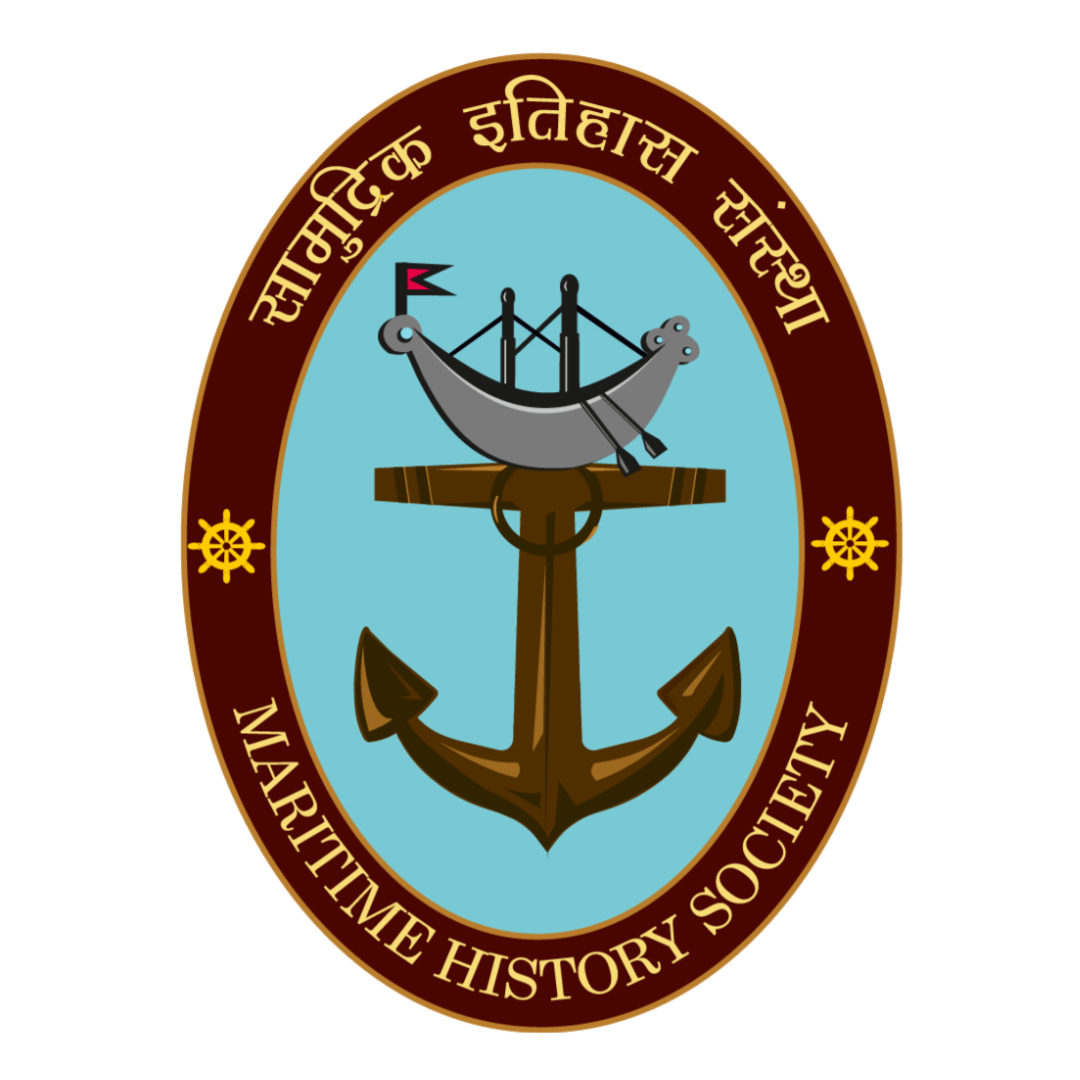The Ocean realm covers 71% of the Earth’s surface, and it holds 97% of our planet’s water. The oceans play a role in everything from the air we breathe to the daily weather and climate patterns. Yet, we know very little about our oceans. Most of our knowledge about the ocean lies in shallower waters. Deeper waters still remain a mystery and untouched. Afterall, although a matter of debate, all life comes from the oceans! The question remains: are we, the human beings, who live on land a product of oceans? Do we have any biological roots in the oceans? What is our connection to the marine world?
One of the earliest examples of notable underwater explorers was Charles Darwin who, on his ship HMS Beagle, travelled through Galapagos Islands and discovered secrets. Ever since then, many exploration projects have been carried out. Robert Ballard who discovered the Titanic wreck and Jacques Piccard who discovered the Marine Trench are notable undersea explorers. The Bermuda Deep water caves project, the Maritime Maya 2011 Project, the Thunder Bay 2010, the Inspire Chile Margin 2010, and the Extended Continental Shelf Project are some of the notable projects in underwater archaeological exploration conducted in the recent past. NEEMO 14 is the most recent underwater exploration project, undertaken by NASA in May 2011. Ocean exploration is about making new discoveries, searching for stuff that is unusual and unexpected. Ocean exploration, is not randomly wandering in hopes of finding something new, but it is disciplined and organized and includes rigorous observations and documentation of biological, chemical, physical, geological, and archaeological aspects of the ocean.
Closer home, imagine the oceanic area surrounding our India! Our country has 7,516 km of sea surrounding its three sides, 1,197 islands, 155,889 sq. km of territorial waters, and 2,013,410 sq. km exclusive economic zone. Moreover, the vast water area of the country is rich in underwater cultural heritage too. The importance of underwater archaeology was realized as early as in the Sixth Five Year Plan. Over the years, National Institute of Oceanography, Goa, in collaboration with other Government agencies, has undertaken the exploration and excavation of submerged ports and shipwrecks at Dwarka, Bet Dwarka, Somnath, Vijaydurg. Goa. and Lakshadweep on the west coast and Poompuhar or Kaveripattanam, and Mahabalipuram on the east coast of India. Further, onshore explorations have also been carried out at various places both the coasts of India for locating ports, trade centres, and structures related to maritime activities. These findings from various sites of India confirm the rich submerged cultural heritage, conservation of which is prime necessity now. Indeed, Indian marine ecosystem is home to the richest and most diverse faunal and floral communities as well as to great cultural heritage. We ought to be exploring it more.
Image Source:https://commons.wikimedia.org/wiki/File:Underwater_archaeology.jpg
Posted in Blog, Underwater Archaeology Tagged #Archaeology, #Exploration, #heritage, #HeritageManagement, #India, #MarineExplorations, #UnderwaterArchaeology



0 Comments